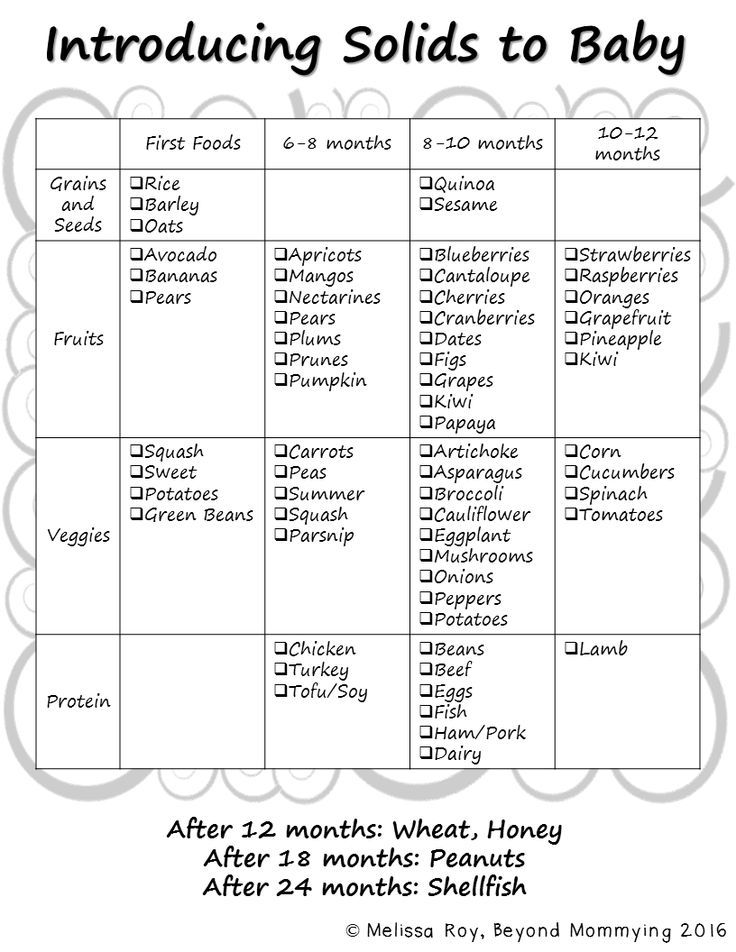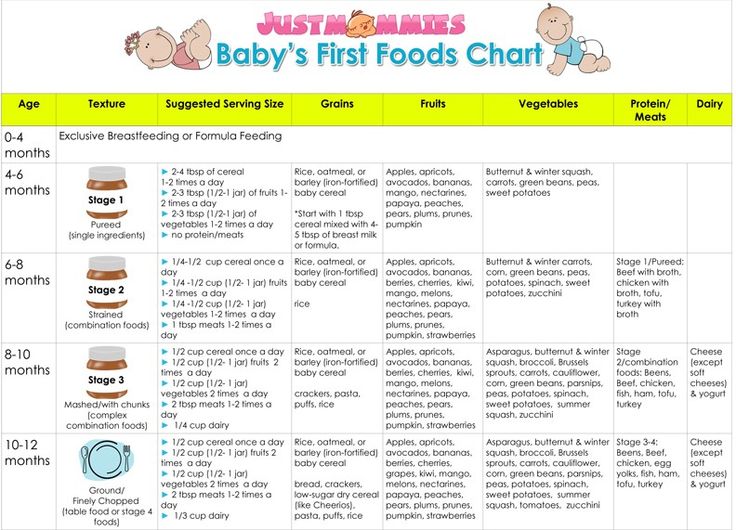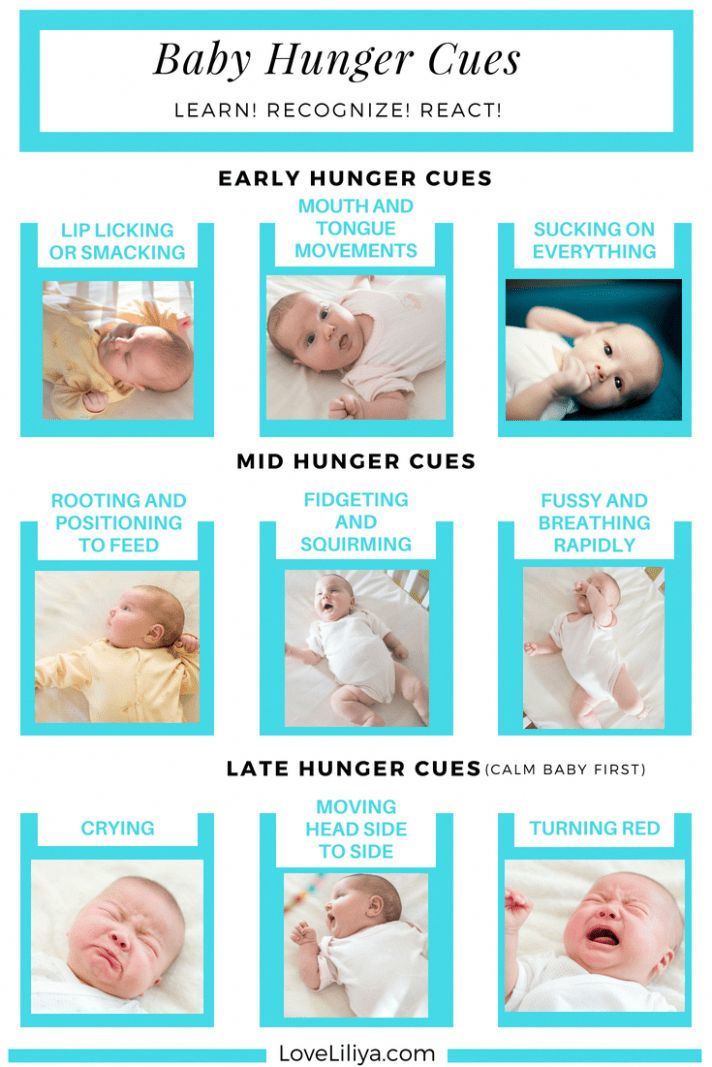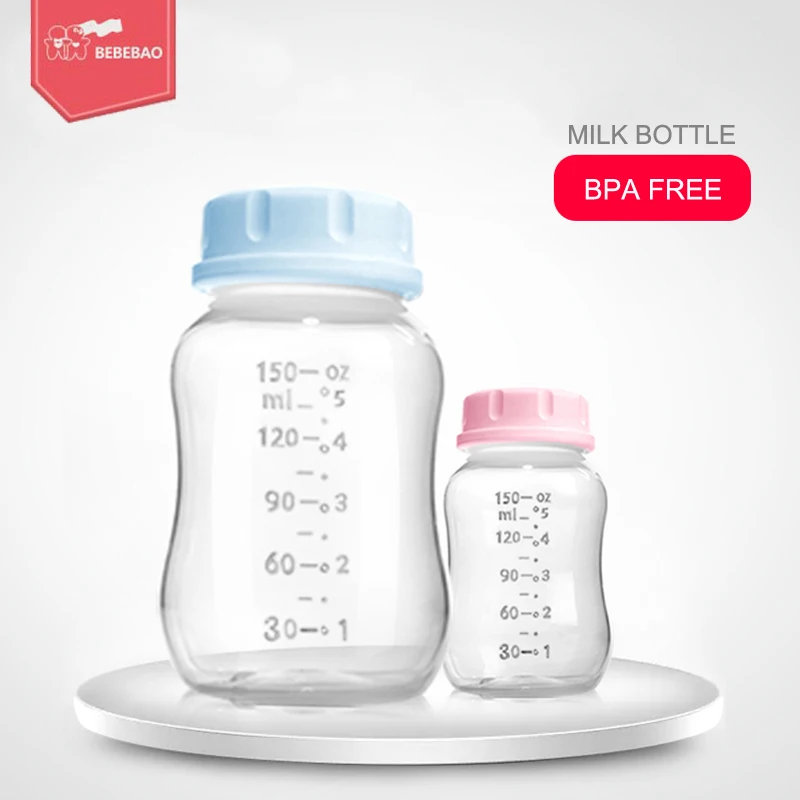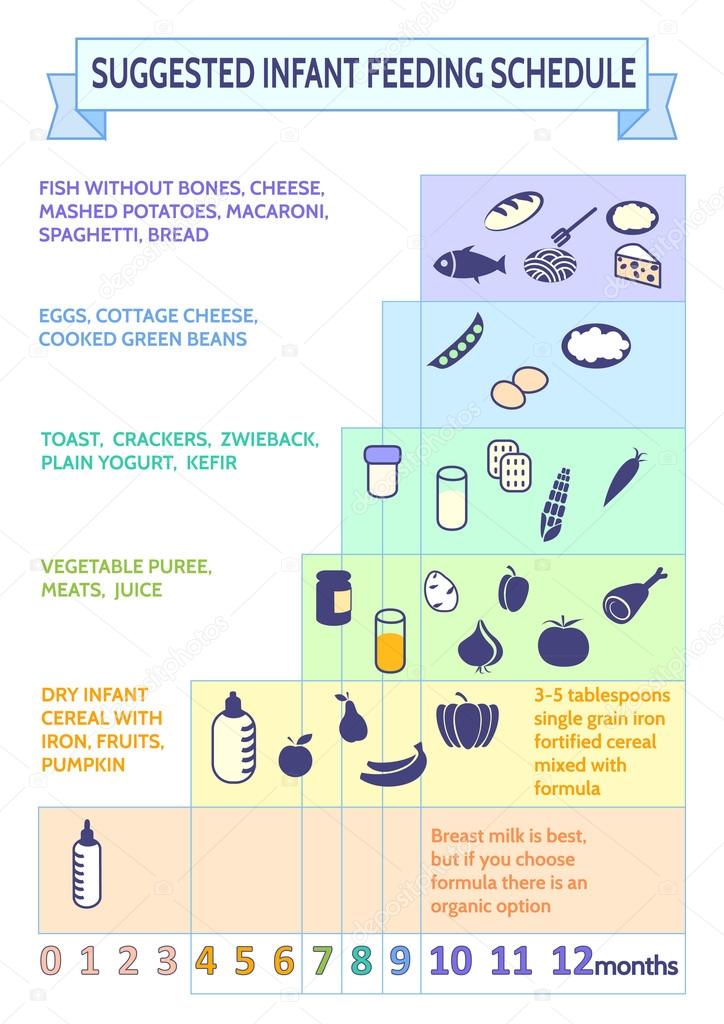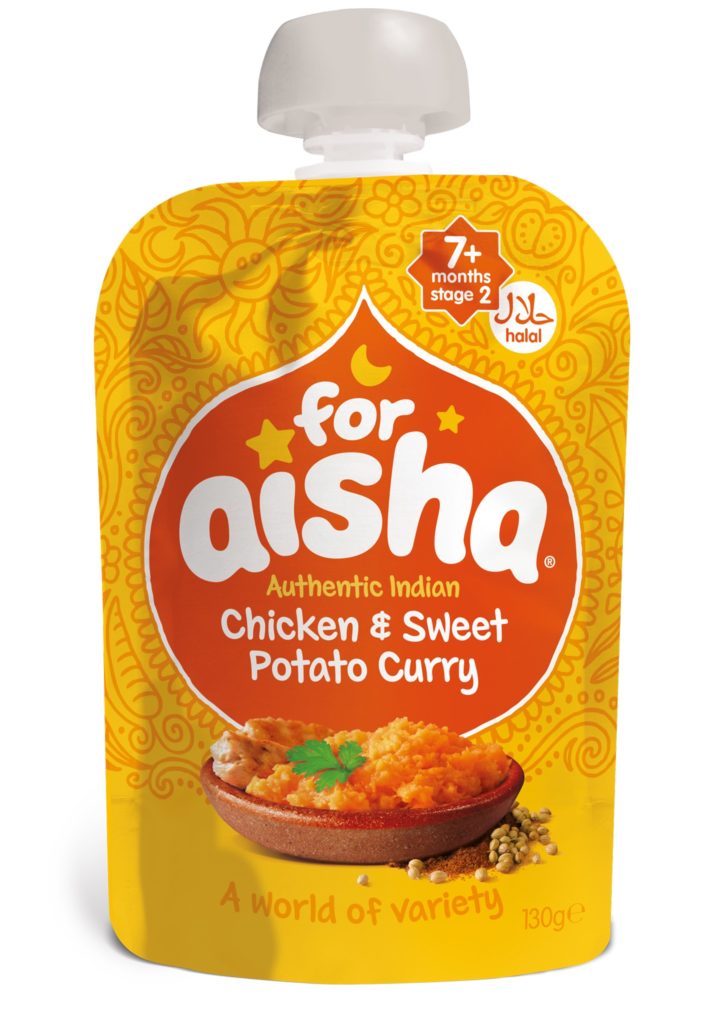Printable baby solid food chart
Printable Baby Food Chart: BLW, Purees, Finger Foods
Make feeding your baby easier with this free, downloadable baby food chart. It has straight forward ideas for what to feed baby from when they start solids on up to one year—including purees, baby-led weaning style foods, finger foods, and more.
Baby Food Chart
Starting solids with a baby can be so fun and often a little challenging—but this baby food chart will help. I’ve compiled my best ideas for which foods to serve based on age and development of the baby to make it easy for you to make decisions in the kitchen.
This infant feeding chart is meant to help remind you of options you have at each age. It is not meant to add any pressure or function as a checklist of foods you have to serve (unless you want to do that!).
TIP: Download your free printable baby food chart here.
What baby foods should you start with?
Whether you start with purees or baby led weaning, starting with flavorful and nutrient-dense foods is a simple way to think about introducing foods to a baby. I love simple foods like roasted sweet potato, avocado, banana, and apple puree as first foods for a baby.
Remember that a first food is just that—a first food. It is not going to be the sole thing that determines how your child likes all foods. It can be sweet or savory, or from a variety of food groups. I would do your best to make sure that the food is easy to eat, has some flavor, and that the environment in which you offer it is free from pressure and, maybe even joyful!
What age should baby start eating foods?
The American Academy of Pediatrics recommends waiting to start solids until a baby is 6 months, and to go with wide variety of foods, introduced one at a time. But many pediatricians still say it’s okay to start rice cereal at 4 months.
If your pediatrician recommends this at the 4 month check up, ask their thoughts on the recommendation from the AAP.
TIP: Learn more about starting solids here.
How much food should I feed my baby?
The best way to know the right amount of food to give to a baby is to follow their lead. It should be very clear when a baby is done eating—they will close their mouth, turn their head, and generally make it very hard to feed them. (They may also play with their food, which is a fine way for them to interact with the foods at this early stage.)
It should be very clear when a baby is done eating—they will close their mouth, turn their head, and generally make it very hard to feed them. (They may also play with their food, which is a fine way for them to interact with the foods at this early stage.)
It’s okay if baby eats very little to start. It’s also okay if they surprise you by being very interested in food!
TIP: Download your free printable baby food chart here.
6 Month Baby Food Chart for Purees
If you’re ready to start solids with a baby, here are some foods you may want to start with. This list is perhaps more broad than you expect, but more recent research shows that it’s a good idea to introduce potential allergenic foods earlier and that lots of flavor is a great way to set baby up for eating a range of foods as they grow.
Don’t feel like you need to serve all of these foods (you 100% don’t!), but it should give you a range of ideas to consider based on season, availability, and your own preference.
- Almond butter puree
- Apple Puree
- Avocado puree
- Banana puree
- Baby oatmeal
- Bean puree
- Butternut squash puree
- Egg yolk, hard cooked mashed with water
- Green bean puree
- Melon puree
- Pea puree
- Peach puree
- Peanut Butter Puree
- Pear puree
- Pumpkin puree
- Sweet potato puree
- Whole milk plain yogurt
- Single ingredient baby food
TIP: Find more in depth details on how to know if your baby is ready to start solids here.
6 Month Baby Food Chart for Baby Led Weaning
If you decide to use the baby led weaning method of feeding, you’ll want to cut these foods into the shape of a finger or larger. The foods should also be soft and easily squishable between two fingers—like the texture of a roasted sweet potato wedge or ripe avocado.
You don’t need to feel like you have to serve all of these foods by any means, but it should give you a range of ideas.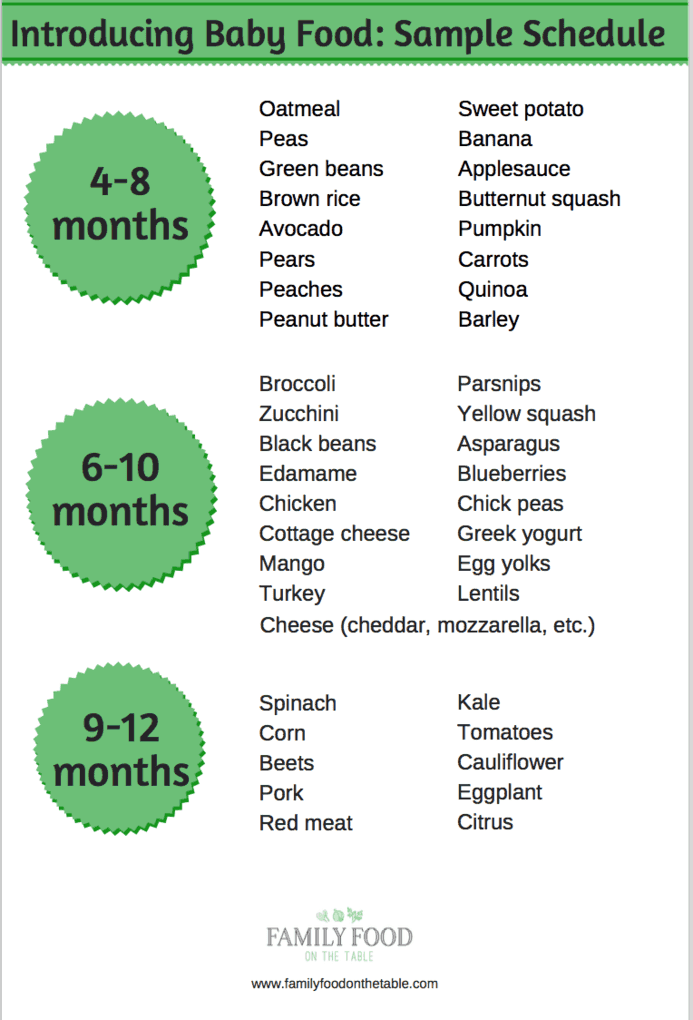
- Apple, roasted wedge
- Avocado spears
- Banana
- Beef, ground (large piece)
- Beef hamburger patty (sliced)
- Beet, steamed or roasted
- Broccoli florets, roasted/steamed
- Cauliflower florets, roasted/steamed
- Chicken, dark meat shredded
- Cucumber
- Green bean
- Egg, hard cooked
- Egg in omelet, sliced
- Figs, halved
- Lamb
- Mango slice
- Meatball
- Melon slices
- Peach, very ripe slice
- Pear, very ripe slice
- Potato, roasted wedges
- Steak slice
- Sweet potato, roasted wedges
- Toast with mashed avocado
- Toast with mashed sweet potato
- Toast with light smear of peanut butter
- Toast with mashed hard cooked egg
- Watermelon slice
- WiId salmon
TIP: Find my Ultimate Guide to Baby Led Weaning here.
7 Month Baby Food Chart
With a 7 month old baby, you can add in a few more foods including those with more acid like citrus. Continue serving the foods on the 6th month list, or introduce ones that you didn’t get to in that first month.
Continue serving the foods on the 6th month list, or introduce ones that you didn’t get to in that first month.
- Baby rice crackers
- Bean puree
- Beet puree
- Brussels Sprouts, pureed (or large piece for BLW)
- Guacamole
- Kiwi puree (or large piece for BLW)
- Hummus
- Mango Puree
- Mixed ingredient baby foods
- Orange segment for BLW
- Pineapple puree (or large piece for BLW)
- Prune puree
- Strawberry puree (or large strawberry for BLW)
- Spinach puree
- Smoothies (simple)
- Tomato sauce
- Tomato sauce with ground meat
TIP: Try my 10 easy No Cook Baby Foods.
9 Month Baby Food Chart
As a baby nears the 9 and 10 month mark, they will begin to be able to pick up small, pea-size pieces of foods with their fingers. This development of the “pincer grasp” means they are ready to start sampling table foods.
A good rule of thumb is to cut foods to about the size of a pea and to serve them very soft and easily squishable between your fingers.
Bread-like textures in foods like pancakes and muffins may be difficult for your child, so you may want to moisten them with water, applesauce, yogurt, breastmilk, or formula.
Remember that babies learn to eat a variety of paces, so follow the lead of your baby and avoid pressuring them to eat foods or amounts of foods that they aren’t ready for. If a baby turns their head away, closes their mouth, shakes their head, or cries, they are done with food and it’s okay to end the meal.
Continue serving foods from the previous months. And try adding:
- Banana, diced and mashed slightly as needed
- Barley, cooked until very soft
- Beans, slightly mashed
- Beef, ground
- Blueberries, diced
- Cheese, shredded
- Chex cereal
- Chia seed in smoothies, yogurt or oatmeal
- Chicken, ground
- Chicken, shredded and chopped into small pieces
- Clementines, diced (you may want to remove the slightly tough membrane)
- Cottage cheese
- Corn
- Flaxseed in smoothies, yogurt or oatmeal
- Goat cheese, soft crumbles
- Grapes, diced (never whole)
- Kefir, plain
- Meatball, diced
- Muffins, diced (moistened if needed)
- Millet
- O cereal
- Oatmeal
- Overnight oats
- Pasta
- Peas
- Potatoes, roasted or mashed
- Puffs
- Raspberries, diced
- Pancake, diced (moistened as needed with applesauce)
- Quinoa
- Rice
- Salmon, small pieces
- Tofu, diced
- Tomatoes, fresh
- Tilapia, small pieces
- Turkey, ground
TIP: Find my best Early Finger Foods, which will cover this stage and early toddlerhood.
Best First Finger Foods for Baby
I put together my go-to first finger foods for babies, which may help you narrow down which foods to start with. Each of these is a nutritious whole food that’s soft and easy for baby to eat. It’s helpful that many of these foods are ones that us grownups like too, so it should make meal planning and prep for the little ones easier on you!
Printable Baby Food Chart
Grab your free copy of my downloadable Baby Food Chart with access to my entire Resource Library of Printable charts by signing up for my newsletter.
You May Also Like
- ABC Baby Muffins
- Master List of Baby Snacks
- Extra-Veggie Baby Soup
- Sweet Potato Teething Biscuits
- Master List of Baby Food Recipes
I’d love to hear your feedback on this chart, so please comment below! I always love to hear from you guys.
This post was first published Jan 2019.
Printable Checklist For Baby’s First Foods + Tips For Introducing Solids
1.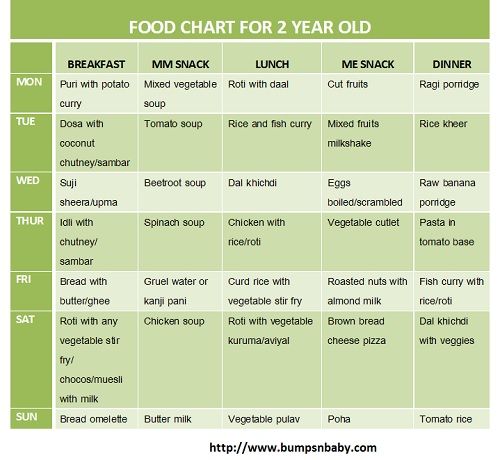 9K shares
9K shares
- Facebook73
Wondering what are the best first foods to feed your baby? We’ve created a free printable checklist with foods and flavors to try + helpful tips for starting solids.
Many parents starting their babies on solid food will wonder, “what is the absolute best first food I can feed my baby?”, looking for a concrete answer like “peas” or “carrots”. However, the exact first food is fairly insignificant – instead, it’s the variety of healthy foods you serve your baby in their first few months of eating solids that’s most important.
Studies have shown that trying a wide assortment of flavors with your infant can keep picky eating at bay, and will ultimately make them more willing to try (and accept!) other new foods in the future. Plus, these are the foods that are helping fuel your baby’s development and growth, so the more they can enjoy a variety of nutrient-rich foods, the better.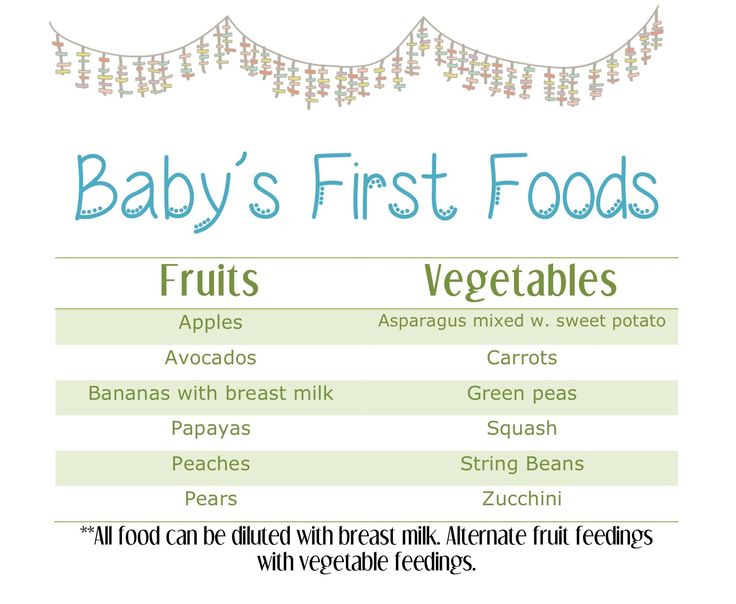
With this in mind, we’ve team up with our sponsor, Stonyfield Farm, to create a free printable chart that is loaded with ideas of nutritious foods and flavors to try with your baby – allowing you to track your attempts and their reaction.
So whether your baby is just starting on purées, moving onto solids, or doing Baby-Led Feeding, you’ll be able to make sure they’re getting a wide variety of healthy foods, and expanding their palette in the process.
Read on to learn how to download the printable and get our helpful tips for starting solids.
PIN for when you’re ready to start solids!
PRINTABLE TRACKING CHART
So here it is! Our free Printable Tracking Chart for Baby’s First Foods.
You’ll see that it’s full of suggestions for nutritious foods to serve your child – from fruits and veggies, to grains, dairy and proteins. There’s even suggestions for different spices and flavors to incorporate to further expand their horizons.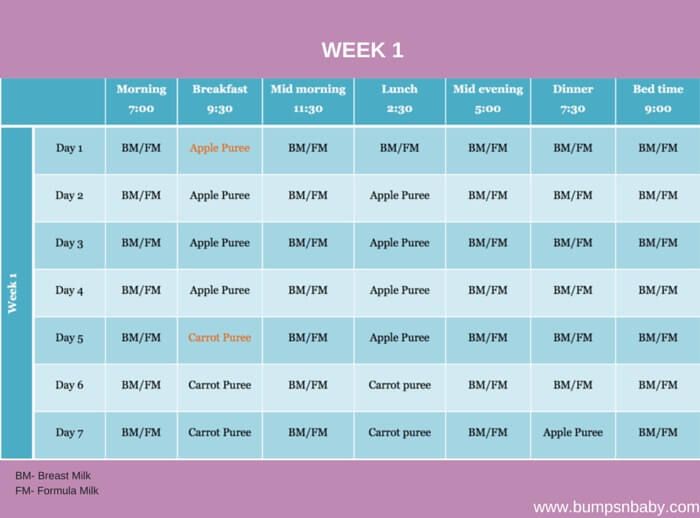
And if there’s a certain food or dish you’d like them to try that’s not listed, simply add it in the “Other Foods” section that we’ve left blank.
Each food has 5 “check boxes” next to it, so as your serve it to your baby, you can check off one of the boxes. You can even make the circle into an emoji based on your child’s reaction. As it can take 5-10 tries for a baby to decide whether or not they like a certain food, this will help you track your attempts and serve as a reminder to be patient and keep trying!
To download our printable Baby’s First Foods Tracking Chart simply enter your email into the box below and we’ll immediately send you the PDF right to your inbox:
Whatever foods you decide to try first, keep these tips in mind:
The Waiting Game: Many pediatricians recommend waiting 3-5 days between trying each new food so if your baby develops any reaction, it will be easier to pinpoint the culprit. Others will waive this waiting period except with higher-risk foods like peanut butter or eggs. Discuss with your child’s Doctor the length of time their practice recommends waiting.
Discuss with your child’s Doctor the length of time their practice recommends waiting.
No Raw Honey: Avoid feeding you infant raw honey until they are at least a year old, as there is a risk of infant botulism, a deadly disease.
Avoid Cow’s Milk Until 1 Year: Babies can’t digest straight-up cow’s milk as well as they can breast milk or formula, and the high concentration of protein and minerals can cause stress to their developing kidneys. Doctors only recommend starting cow’s milk once your baby is a year old.
Yogurt is A-Okay! Because cow’s milk is off-limits for the first year, many parents think this means yogurt is a no-no. But that’s actually not the case! Pediatricians give yogurt the thumbs up for babies beginning at six months. Yogurt has live, active cultures that break down the lactose and protein, so it’s much easier for babies to digest. Some, like our recommended Stonyfield YoBaby yogurt, include added Vitamin D and the probiotic BB-12 which supports a healthy gut microbiome and aid in digestion.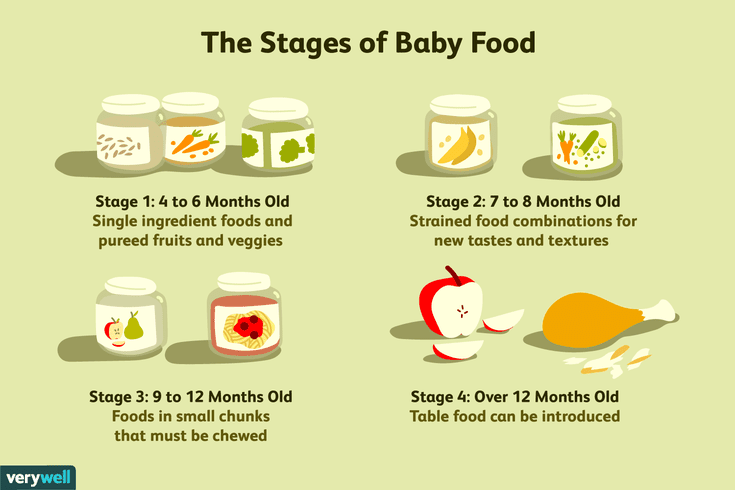 It’s also made with whole milk which is important as fat is critical for brain development. And like all of Stonyfield’s yogurts, YoBaby is organic which means it includes no harmful persistent pesticides, antibiotics, artificial growth hormones, or GMOs.
It’s also made with whole milk which is important as fat is critical for brain development. And like all of Stonyfield’s yogurts, YoBaby is organic which means it includes no harmful persistent pesticides, antibiotics, artificial growth hormones, or GMOs.
Don’t Undercook: Make sure everything you feed your baby is well cooked, especially meats, eggs and shellfish, as their bodies are more sensitive to bacteria and can therefore be at a higher risk of getting food poisoning.
Fish: Avoid fish with high levels of mercury like Swordfish and Marlin.
Keep Food Unsalted: Don’t add salt to any homemade food, and keep your eye on sodium levels of anything store-bought. The guidelines for a child under 1 is to have less than 1g of salt (0.4g sodium) a day.
Avoid Artificial Sweeteners: Babies don’t need artificial sugars, especially when you can use natural sweeteners like mashed or puréed fruits and veggies to sweeten more “bland” foods. But babies really don’t know any different – try them with one of Stonyfield’s YoBaby yogurts with no added sugar, like their Plain, Banana Mango or Veggie flavors, and you’ll see that they will quickly gobble it up!
But babies really don’t know any different – try them with one of Stonyfield’s YoBaby yogurts with no added sugar, like their Plain, Banana Mango or Veggie flavors, and you’ll see that they will quickly gobble it up!
Make Your Meat Tender: Make proteins like beef, chicken or pork easy to chew by tenderizing them in a slow cooker or InstaPot.
Steam or Roast Veggies: Soften your vegetables by steaming or roasting them. Purée if you are spoon feeding or keep them in long sticks for Baby-Led Feeding.
Cook With Broth: Cook any grains or vegetables in an unsalted bone broth instead of water. It not only adds additional nutrients, but exposes them to other flavors.
Allergens: It is no longer recommended to delay the introduction to potential allergens like peanut butter and eggs. In fact, studies have shown that the early introduction of allergenic foods around 6 months of age could potentially decrease their risk of developing a food allergy.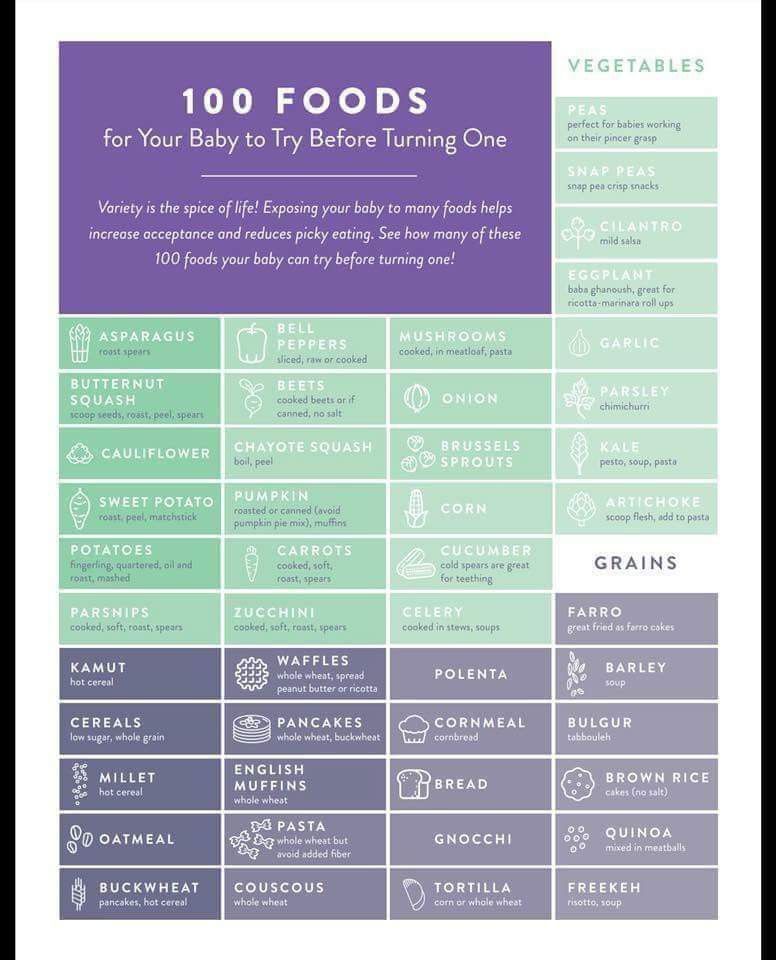 Discuss your strategy with your child’s pediatrician, especially if you have a family history of food allergies.
Discuss your strategy with your child’s pediatrician, especially if you have a family history of food allergies.
Spice Things Up: Don’t be afraid to try different spices and seasonings with your baby. Sprinkle some cinnamon on apples, a squeeze of lemon on chicken or rosemary on potatoes. The more combinations they are exposed to, the more they will accept new foods in the future.
RELATED: 18 Tips to Raise an Adventurous, Non-Picky Eater From Baby to Toddler & Beyond
Try Different Cooking Methods: A food’s taste can be completely transformed depending on how you cook it – the difference between a boiled Brussel Sprout and a roasted one is like night and day. So mix it up! Once your baby has tried a food one way, use a different method the next time. Grill, roast, boil, steam, slow cook, sauté – expand your cooking repertoire and their palette at the same time!
First Aid: Always be present while your baby is eating. Know the difference between choking and gagging, and what to do in either case.
Know the difference between choking and gagging, and what to do in either case.
To download our printable Baby’s First Foods Tracking Chart simply enter your email into the box below and we’ll immediately send you the PDF right to your inbox:
Whatever you decide to try first, make sure it is a healthy, nutrient-rich choice. Bon appetit!
Thanks again to our sponsor, Stonyfield Farm, for making the #1 Pediatrician recommend yogurt – a perfect first food for 6+ months.
Looking for a great starter recipe for your baby’s breakfast that you and your family can also enjoy? Try our healthy Blueberry Oatmeal Pancakes – they have no added sugars, and are fluffy and delicious!
1.9K shares
- Facebook73
Feeding table. Sample menu
5.5 months
Breakfast
Vegetable mono puree: zucchini, cauliflower, broccoli, potatoes, carrots. Start with 5 g (teaspoon), work up to 50 g.
Start with 5 g (teaspoon), work up to 50 g.
6 months
Breakfast
Vegetable puree (mono) - from 50 to 100 gr.
Vegetable oil - 1 gr.
Snack
Fruit puree (single product). Apple, pear, banana. From 5 - to 30 g nine0011
6.5 months
Breakfast
Porridge (without gluten, milk, sugar): buckwheat, oatmeal, corn, rice. From 10 - to 50 g
You can start with your expressed milk, or you can use fruit juice diluted with water by 50%.
You can immediately buy milk porridge for artificial people
Lunch
Vegetable puree (can be made from mixed vegetables) - 100 g
Vegetable oil - 2 g
Afternoon snack
Fruit puree - 30-40 g
7 months
breakfast
porridge - 100 g
butter - 1 g
Fruit juice (mon) Dilute 50% - 10-20 g
9000
Vegetable puree - 150 g
Vegetable oil - 3 g
Afternoon snack0009 Dinner Cottage cheese - 5-10 g breakfast Porridge (millet/multi -zolakaya) - 150 g butter - 2 g Fruit or vegetable juice - 30 g
7.
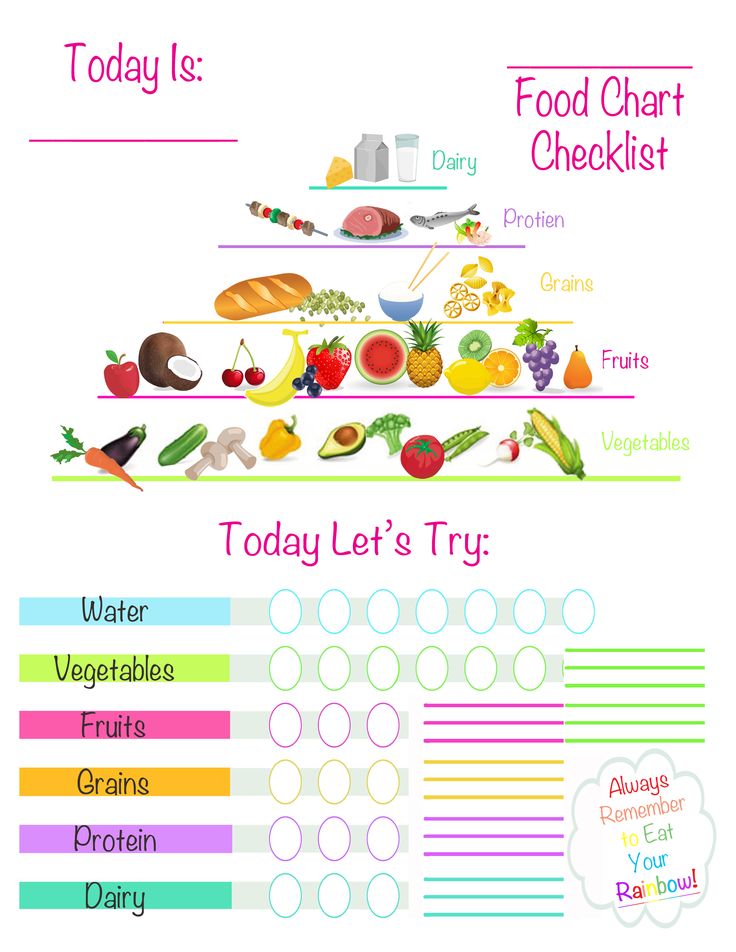 5 months
5 months
,0004 Vegetable puree - 150 g
Vegetable oil - 3 g
Yolk (quail) - 14 - 3 times a week
Afternoon snack
Fruit puree - 70 g
Dinner
Cottage cheese - 20-30 g
8 months
breakfast
porridge - 150 g
butter - 3 g
SOK - up to 50 g
9000 from green peas and beans.
Vegetable oil - 5 g
Yolk (quail egg) - 12 pcs. - 3 times a week.
Puree meat (mon) - from 5 to 20 g
SUPPOGE
Fruit puree - 70 g
Cookies
9000 drink - 10-20 g
8.5 months
Breakfast
Milk porridge - 160 g
Butter - 4 g
Juice - 70 g
Wheat bread - 5 g
Lunch
Vegetable puree - 170 g Oil - 5 g
Yolk 1/2 every day
Puree meat - up to 30 g
SUPPORT
Fruit puree - 70 g
Dinner 9000
9000kefir - up to 50 g
Biscuits, crackers, wheat bread
9 months
Breakfast
Milk porridge - 180 g
Butter - 5 g
Juice - up to 80 g per day
Lunch
Vegetable puree - 180 g per day
Rast. butter - 5 g
butter - 5 g
Meat puree - 50 g
Yolk (quail egg) 1/2 every other day
Snack
Fruit puree - 80 g
9000Dinner
Cottage cheese - 50 g
Kefir - 80 g
Biscuits, crackers, bread.
10-12 months
Breakfast.
Milk porridge - 200 g
Butter - 5 g
Juice - 100 ml per day
Wheat bread.
Non-fat, fresh cheese - from 10 g
Lunch
Vegetable puree - up to 200 g per day.
Grows. oil - 6 g
Meat puree - up to 70 g
Millet bread.
Yolk (quail egg) - whole every other day.
SUPPORTION
Fruit puree- up to 100 g per day
Dinner
Cottage cheese- 50 g
kefir- up to 200 g per day
cookies, crackers, bread.
Complementary feeding scheme for artificial feeding.
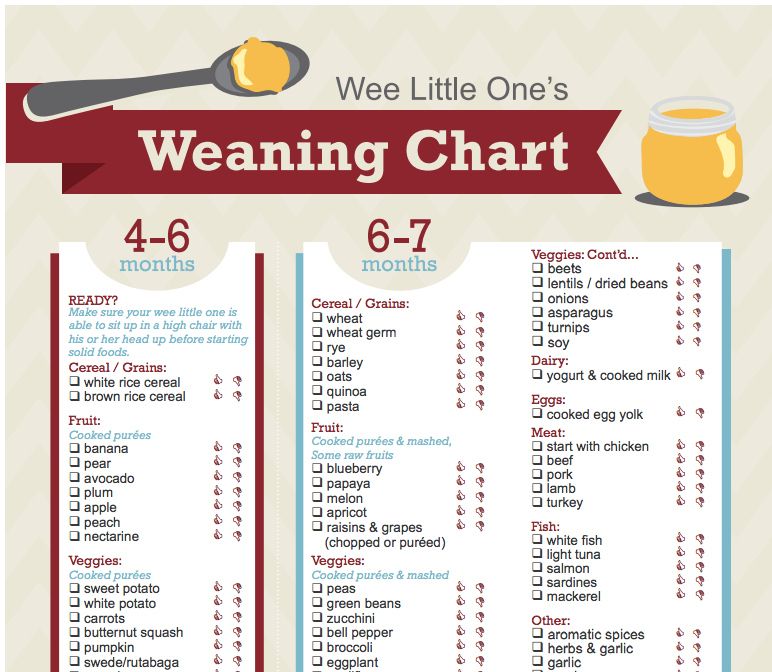 Complementary feeding table
Complementary feeding table For the full development of a child under 1 year old who is artificially fed, timely and competent introduction of complementary foods is mandatory. It will prepare the baby's body for the assimilation of adult food and significantly enrich the baby's diet. nine0009
Lactose-free milk Valio Eila UHT, enriched with vitamin D, 1.5%, 1 l More
Drinking yogurt Viola without filler Clean Label®, fat-free, 280 g Read more
Formula-fed babies are more prepared to accept new foods than babies who are exclusively breastfed by their mothers. Nevertheless, there are important rules that you must know. nine0009
Complementary feeding on artificial feeding should be introduced gradually and only if the baby is healthy. Start with one product. The transition to the next one can be done only when the child is used to the previous type of complementary foods. Feed your baby only on a high chair and never when he is lying down. Start with mashed foods. When the child has a chewing reflex, the puree can be replaced with more solid foods. They will help to properly form the jaw apparatus. Be guided by the personal recommendations of your pediatrician and the table of complementary foods, and in between meals, do not forget to give your child water to drink. nine0009
Feed your baby only on a high chair and never when he is lying down. Start with mashed foods. When the child has a chewing reflex, the puree can be replaced with more solid foods. They will help to properly form the jaw apparatus. Be guided by the personal recommendations of your pediatrician and the table of complementary foods, and in between meals, do not forget to give your child water to drink. nine0009
Carefully monitor the reaction of the baby's body to each new product introduced. Symptoms such as loose stools, rashes or redness on the skin should not be ignored. Perhaps this indicates intolerance to a child's body of any product. In this case, you will have to exclude it from the baby's diet and replace it with another.
According to the recommendations of the World Health Organization, complementary foods should be introduced at the age of 6-8 months. The conducted scientific research and the accumulated experience of the Scientific Center for Children's Health of the Russian Academy of Medical Sciences allow us to propose some adjustments and additions to the specified scheme.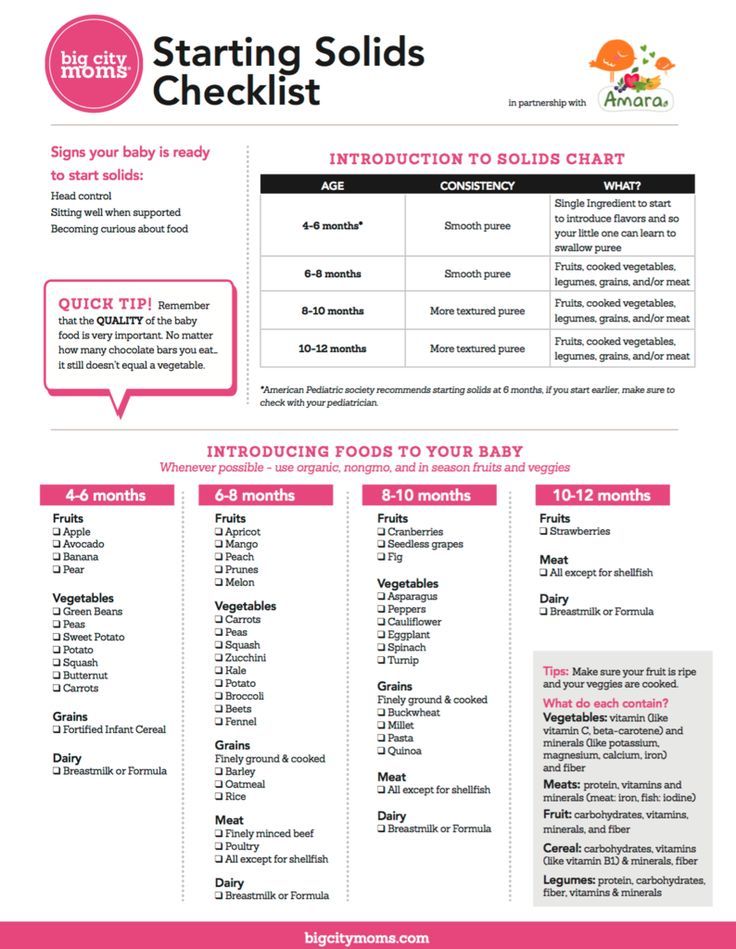 It has been established that the minimum age at which the introduction of the first complementary foods is possible is 4 months. Before this period, the child is not yet ready to assimilate food other than human milk or infant formula. By 4 months With age, the child’s gastrointestinal tract becomes more mature: the initially increased permeability of the mucous membrane of the small intestine decreases, a number of digestive enzymes mature, a sufficient level of local immunity is formed, the child acquires the ability to swallow semi-liquid and thicker food, associated with the extinction of the “spoon ejection reflex”. At the same time, late feeding (after 6 months) can cause a pronounced deficiency of micronutrients (iron, zinc, etc.) and the need for the rapid introduction of a large number of products, which leads to an increased allergenic load, as well as a delay in the formation of chewing skills and swallowing thick food. Therefore, it is advisable to introduce complementary foods to children at the age of 4–6 months.
It has been established that the minimum age at which the introduction of the first complementary foods is possible is 4 months. Before this period, the child is not yet ready to assimilate food other than human milk or infant formula. By 4 months With age, the child’s gastrointestinal tract becomes more mature: the initially increased permeability of the mucous membrane of the small intestine decreases, a number of digestive enzymes mature, a sufficient level of local immunity is formed, the child acquires the ability to swallow semi-liquid and thicker food, associated with the extinction of the “spoon ejection reflex”. At the same time, late feeding (after 6 months) can cause a pronounced deficiency of micronutrients (iron, zinc, etc.) and the need for the rapid introduction of a large number of products, which leads to an increased allergenic load, as well as a delay in the formation of chewing skills and swallowing thick food. Therefore, it is advisable to introduce complementary foods to children at the age of 4–6 months. The timing of the introduction of complementary foods is set individually for each child, taking into account the peculiarities of the development of the digestive system, excretory organs, the level of metabolism, as well as the degree of development and functioning of the central nervous system, that is, its readiness to perceive new food. nine0009
The timing of the introduction of complementary foods is set individually for each child, taking into account the peculiarities of the development of the digestive system, excretory organs, the level of metabolism, as well as the degree of development and functioning of the central nervous system, that is, its readiness to perceive new food. nine0009
Given that modern adapted milk formulas contain the necessary set of vitamins and minerals, there is no need to correct for these substances with complementary foods earlier than when breastfeeding. Therefore, the scheme for the introduction of complementary foods can be the same. The proposed approximate scheme for the introduction of complementary foods to children of the first year of life is presented in the table. Up to six months, the child has an underdeveloped gastrointestinal tract and not all the enzymes necessary for the assimilation of complementary foods are produced. If complementary foods are introduced later than this period, it will be difficult for the baby to overcome the stereotype of eating only liquid food. nine0009
nine0009
Complementary feeding table for children under 1 year of age with artificial feeding
Specialists in the field of baby food have developed the following table of complementary foods by month:
Before introducing complementary foods, make sure that the child's body is ready for it. Signs to look out for:
- maturity of the gastrointestinal tract;
- weakening of the ejection reflex of solid food; nine0391
- the readiness of the child for the chewing process - the appearance of the first teeth;
- the ability of the infant to be stable in a sitting position;
- emotional readiness of the baby to get acquainted with new taste sensations.
Learn more about the formula-fed baby menu in our blog. Consider all these recommendations, but do not forget that you need to introduce complementary foods to a child on artificial feeding under the supervision of the attending pediatrician. Be healthy! nine0009
Be healthy! nine0009
2.23 26
FoodShare:
You might be interested
Author: Reetta Tikanmäki
Palm oil in baby food
Infant milk formulas are made from cow's milk. However, in terms of fat composition, it differs significantly from that of the mother.
Read
Author: Oksana Ivargizova
How to choose a milk formula for a baby
Breast milk is the best food for a newborn baby.